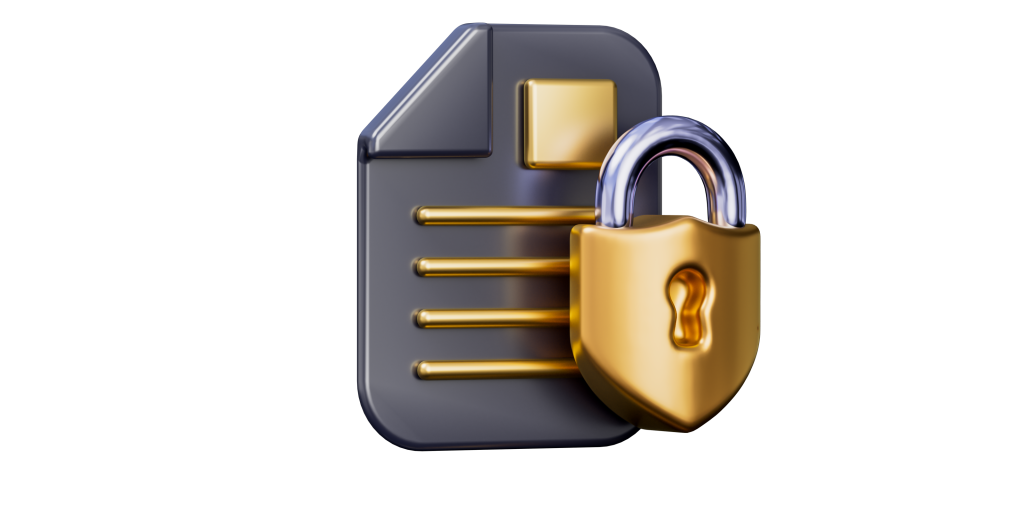Top Challenges

Password Management Risks

Inefficient Policy Enforcement

Monitoring Limitations
Challenges
Weak password management practices result in vulnerable accounts and unauthorized access to sensitive data.
Consequences
Increased risk of data breaches, insider threats, and compliance violations due to compromised credentials.
Scenario 1: Weak Password Breach
An employee in a healthcare organization uses a weak password for accessing patient records. Hackers exploit this vulnerability, gaining unauthorized access to sensitive medical data, resulting in regulatory fines and damage to the organization's reputation.
Scenario 2: Shared Credentials Misuse
In a financial institution, an IT team shares administrator credentials among team members. A malicious insider abuses these credentials to manipulate financial records, leading to severe financial losses and legal repercussions.
Scenario 3: Password Reuse Exploitation
A user's reused password from a breached social media site compromises their corporate email account. Cybercriminals exploit this vulnerability to launch phishing attacks, compromising sensitive corporate data and tarnishing the organization's brand reputation.
Scenario 4: Dormant Account Exploitation
A company fails to rotate passwords for dormant user accounts. Cyber attackers exploit this oversight to gain access to the network, leading to data breaches, operational disruptions, and financial penalties.
CHALLENGES
Inefficient policy enforcement leads to inconsistent access controls and compliance gaps, increasing the risk of unauthorized access and regulatory violations.
Consequences
Organizations face data breaches, insider threats, and non-compliance penalties due to inadequate policy enforcement and security controls.
CHALLENGES
Limited monitoring capabilities hinder real-time detection of security incidents and insider threats, leaving organizations vulnerable to data breaches and compliance violations.
Consequences
Without comprehensive monitoring, suspicious activities go undetected, allowing attackers to infiltrate networks and compromise sensitive data, leading to financial losses and reputational damage.
Scenario 1: Unauthorized Access
In an organization lacking robust monitoring capabilities, a disgruntled former employee exploits a gap in access controls to gain unauthorized entry into sensitive systems. The absence of real-time alerts and activity logs obscures the intrusion, allowing the perpetrator to exfiltrate sensitive data unnoticed.
As a consequence, the organization faces severe repercussions, including financial losses, reputational damage, and potential legal liabilities.
Scenario 2: Data Breach
Inadequate monitoring fails to detect anomalous network activity indicative of a data breach. Cybercriminals exploit this oversight to infiltrate the organization’s servers, compromising customer data and intellectual property.
The lack of timely alerts and forensic evidence delays incident response efforts, exacerbating the breach’s impact on customer trust and regulatory compliance.
Scenario 3: Insider Threat
An employee with privileged access abuses their credentials to manipulate sensitive data for personal gain. Without comprehensive monitoring, their malicious activities evade detection, posing a significant risk to data integrity and confidentiality.
The organization remains unaware of the insider’s actions until anomalies are detected through retrospective analysis, leading to compromised data security and erosion of trust among stakeholders.
Scenario 4: Compliance Violation
Insufficient monitoring leads to non-compliance with regulatory requirements as unauthorized changes to critical systems go undetected. Without real-time visibility into access controls and data handling practices, the organization fails to uphold data protection standards mandated by industry regulations.
Consequently, it faces penalties, sanctions, and reputational harm upon regulatory inspection, tarnishing its credibility and market standing.























